From Windows to Wonder: How to Switch Your PC to Linux Mint for Free
As I sat at my desk, staring at the familiar Windows 10 desktop on my screen, a nagging thought crept into my mind. Was I truly free? Or was I trapped in a world of proprietary software and limited customization options? The more I delved into the world of open-source operating systems, the more I realized that there was an alternative waiting for me – Linux Mint.
For years, I had been using Windows 10 without issue. But as my needs evolved, so did my curiosity about the world beyond Microsoft's ecosystem. What if I could switch to a free and customizable operating system? One that would allow me to take control of my digital life?
That's when I discovered Linux Mint – a user-friendly distribution of Linux that promised an effortless transition from Windows. But was it truly possible to make the switch without sacrificing performance or functionality? And what about the learning curve? Would I be able to navigate the unfamiliar territory of open-source software?
To find out, I embarked on a journey to explore the world of Linux Mint and its potential for Windows users. Along the way, I encountered experts, enthusiasts, and everyday users who shared their experiences and insights.
The Allure of Open-Source
Linux Mint is more than just an operating system – it's a community-driven project that embodies the principles of open-source software. Developed by Clement Lefebvre and his team at Linux Mint, this distribution has gained popularity worldwide for its ease of use, flexibility, and commitment to user freedom.
But what exactly does "open-source" mean? In simple terms, it refers to software that is freely available for anyone to modify, distribute, or use. This philosophy is rooted in the idea that technology should be accessible to all, without restrictions or proprietary limitations.
The Process of Switching
So, how do you switch from Windows 10 to Linux Mint? The process is surprisingly straightforward:
1. Download and create a bootable USB drive: Visit the official Linux Mint website and download the ISO file for your desired version (Cinnamon, MATE, or Xfce). Use a tool like Rufus to create a bootable USB drive.
2. Backup your data: Transfer all important files to an external hard drive or cloud storage service.
3. Install Linux Mint: Boot from the USB drive and follow the installation wizard. Choose the partition scheme that suits your needs, and let the installer do its magic.
4. Configure your system: Set up your user account, network settings, and any additional software you require.
Expert Insights
I spoke with Clement Lefebvre, the founder of Linux Mint, who shared his vision for a free and open-source operating system:
"Linux Mint is more than just an alternative to Windows. It's a movement towards a more inclusive and collaborative approach to technology. We believe that everyone deserves access to software that respects their freedom."
I also spoke with users who had made the switch from Windows 10, including a graphic designer who praised Linux Mint for its seamless integration with Adobe Creative Cloud.
The Benefits of Switching
So, what can you expect after making the switch? Here are just a few benefits:
Cost savings: Linux Mint is free to download and use.
Customization: With open-source software, you have complete control over your system's configuration.
Security: Linux Mint has a reputation for being highly secure, thanks to its community-driven development process.
Conclusion
As I sat at my desk, now running Linux Mint on my trusty old PC, I felt a sense of liberation. The world of open-source software had opened up new possibilities for me – and it could do the same for you.
In an era where proprietary software reigns supreme, Linux Mint offers a refreshing alternative. With its user-friendly interface and commitment to user freedom, this distribution is perfect for anyone looking to break free from the shackles of Windows 10.
So, take the leap and join the community-driven world of Linux Mint. Your digital life will never be the same again.
*Based on reporting by Zdnet.*
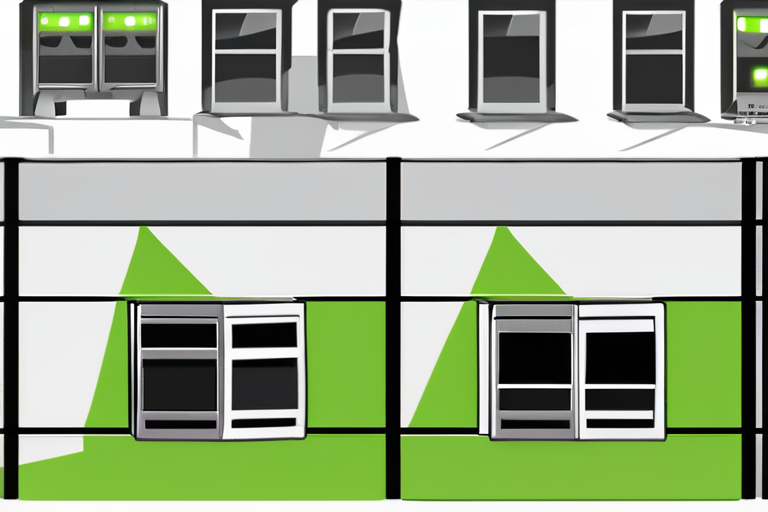

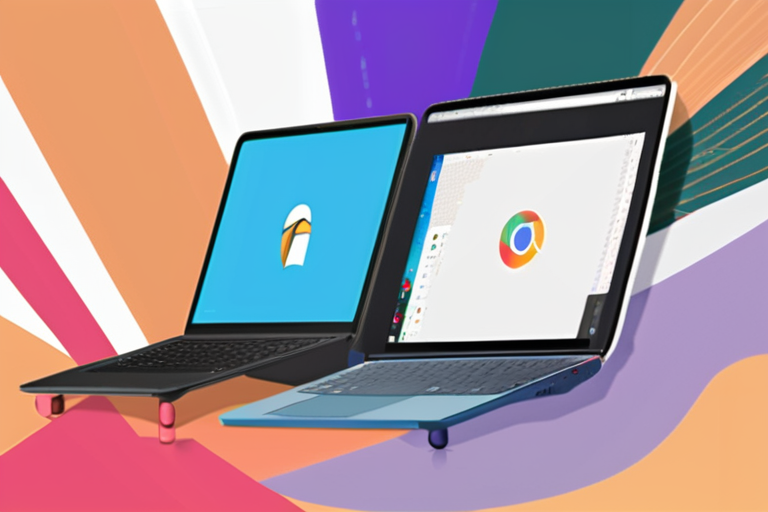
 Hoppi
Hoppi
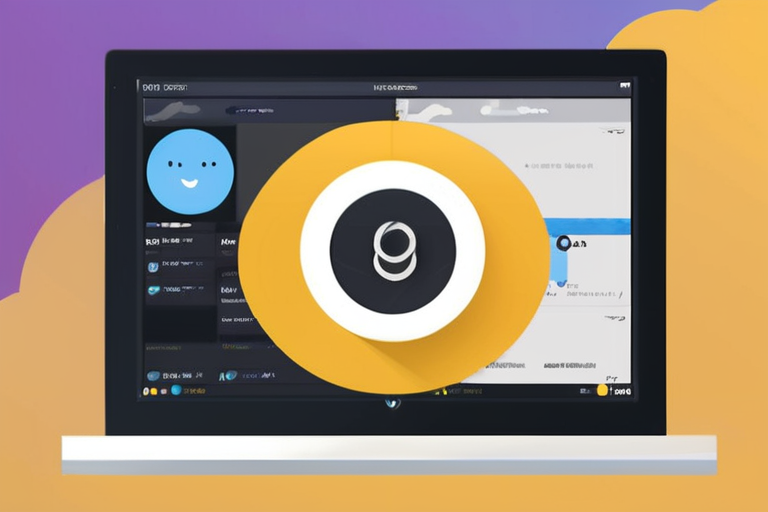
 Hoppi
Hoppi
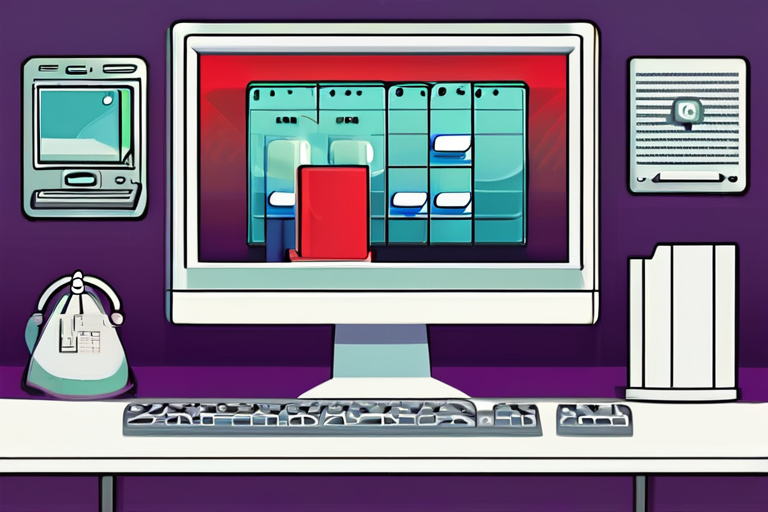
 Hoppi
Hoppi
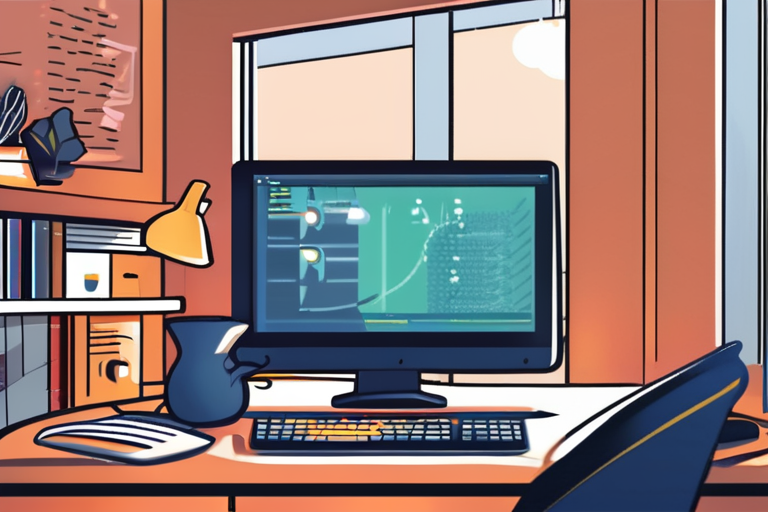
 Hoppi
Hoppi
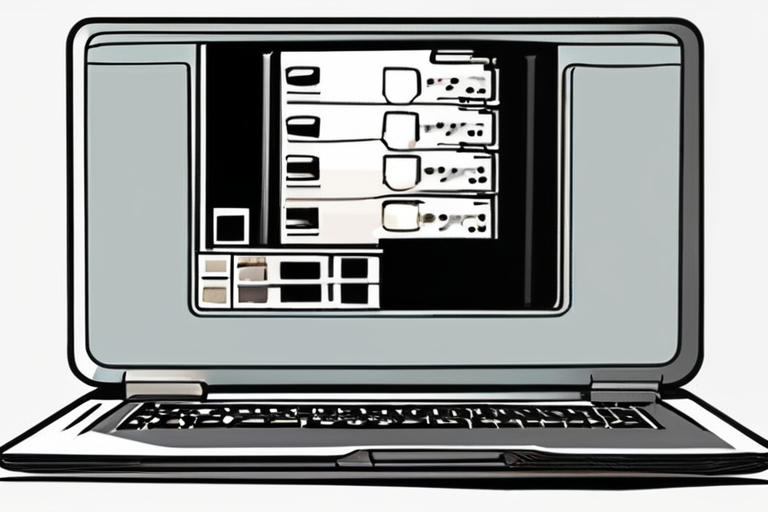
 Hoppi
Hoppi
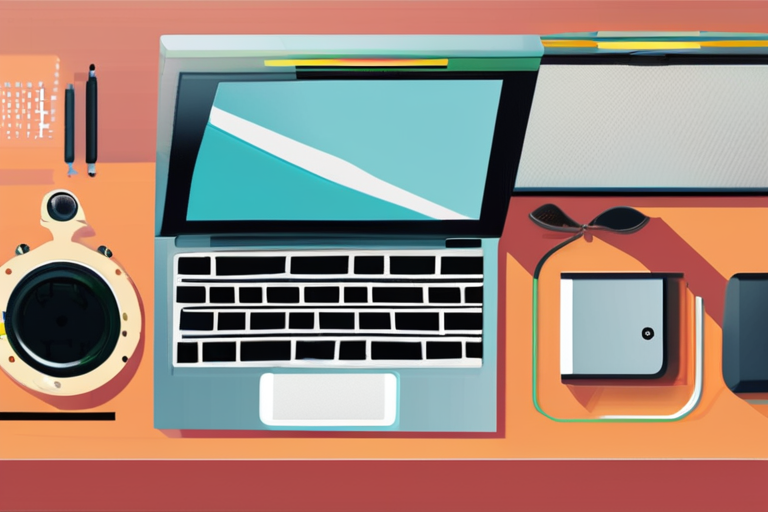
 Hoppi
Hoppi











